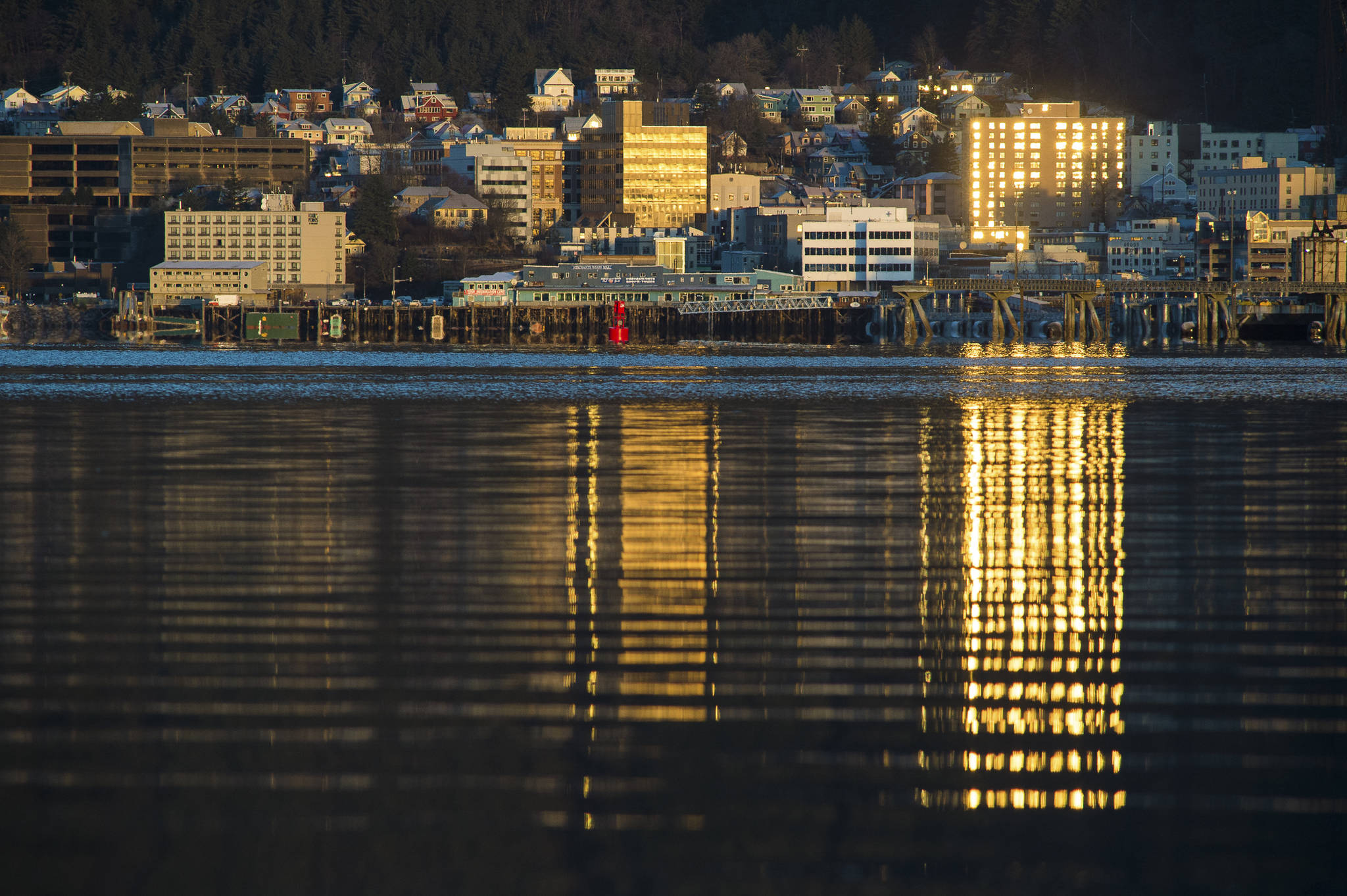The exodus of Alaskans continued a second consecutive year in 2018.
The state’s Department of Labor and Workforce Development released a report Thursday detailing a population decline of 1,608 people, bringing the total population down to 736,239. The department’s numbers are based on the time period of July 2017 to July 2018.
The decline is a result 7,577 Alaskans leaving the state during that time period. A natural increase — the number of births minus the number of deaths — added another 5,969 people to to Alaska’s population.
What is spurring people to flee the 49th state? Unemployment, of course. With the nation’s highest unemployment rate at 6.3 percent, as of November 2018, some Alaskans are looking for job opportunities outside the state. Unemployment rates in the last two years in Alaska have consistently topped 6 percent. The national average in November 2018 was at 3.7 percent, according to the Bureau of Labor Statistics. In Washington, where many Alaskans tend to flee, the unemployment rate was at 4.3 percent in November 2018.
However, Alaska’s population bleed was slowed compared to the previous year. From 2016 to 2017 Alaska’s population decreased 2,629, the state’s first decline in 29 years.
Juneau
In the City and Borough of Juneau, 2018 is the third year in which the population declined. Since 2015, the population in the CBJ has fallen from 33,128 residents 32,247 people in 2018. Since 2017, the CBJ lost 55 people. From 2017 to 2018, there was a net outmigration of 185 people leaving Juneau.
Meilani Schijvens, who runs the a local economic research analysis firm called Raincoast Data, said noted this three year decline in Juneau is the longest slide in population for this community since 1960.
CBJ Mayor Beth Weldon attributed the decline to two factors.
“Number one, movement and loss of state jobs in Juneau,” Weldon said. “And statewide because the loss of jobs and the recession.”
This population decline could be seen as a symptom of a decline in quality of life, but Weldon does not think that’s the case in Juneau.
“I think we have a pretty high quality of life in Juneau. I’m sure people are looking for jobs and more affordable housing,” she said
Schijvens said Juneau has taken a “tremendous hit” with so many state jobs being lost.
“Because there’s no real fiscal budget solution at the state level, a lot of jobs have been cut in Juneau. We’ve lost 15 percent (of state jobs) since 2012. The losses really started to pick up in 2015 and 2016,” Schijvens said. “650 state jobs is the equivalent of $40 million annually. It’s our largest source of wages in the community.”
Although the tourism sector is growing in Juneau, as evidenced by the 25 percent increase in cruise ships since 2017, Schijvens said those jobs aren’t enough to keep most tourism employees in Juneau. These tourism jobs often seasonal, offer a lower wage, and fewer benefits. Juxtapose these tourism jobs against state jobs, which offer better salaries and benefits, and it’s easy to see why Juneau’s population is waning.
Schijvens said a plan for a sustainable budget must be reached for Juneau’s economy and population to stabilize.
“I think we are going to take some hits,” Schijvens said. “(Gov. Mike Dunleavy’s) got a tough situation. I do see further job losses coming down the line in the state sector.”
Elsewhere
Some other Southeast communities are growing, though. The Haines Borough gained 22 people. The Ketchikan Gateway and Petersburg Boroughs added 61 people each, and the Hoonah-Angoon census area grew by 40 people. Schijvens said these communities are likely benefiting from the tourism industry.
But the City and Borough of Sitka saw a decrease of 96 people.
Alaska’s most populous city, the Municipality of Anchorage, decreased 2,386 people, bringing the total down to 295,365.
Meanwhile the Matanuska-Susitna Borough continues to be the fastest growing region of the state, adding 1,355 to its population. The Mat-Su Borough now has 105,743 residents. It is the the second most populous borough in the state.
The Fairbanks North Star Borough lost 734 people bringing the Interior hub down to population 97,121. It is the third most populated borough in the state.
Anchorage and Fairbanks suffered the largest losses in terms of people, but it was Alaska’s rural communities that took the biggest hits in population, percentage wise. Yakutat City and Borough’s population is down 20 people, for a total of 523 people, a negative 3.75 percent change from 2017; Lake and Peninsula Borough is down 61 people, a total of 1,663 people, a negative 3.6 percent change; and the Yukon-Koyukuk area is down 63 people, landing at a population of 5,292, a negative 1.18 percent change.
Contact reporter Kevin Baird at 523-2258.

